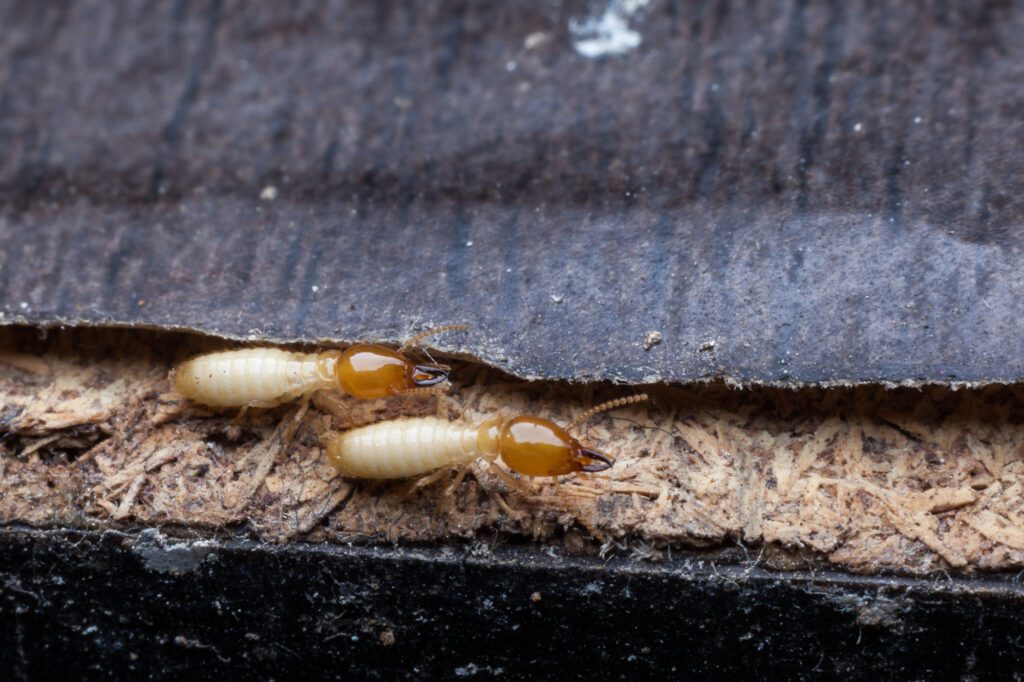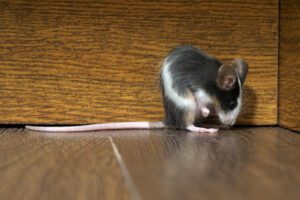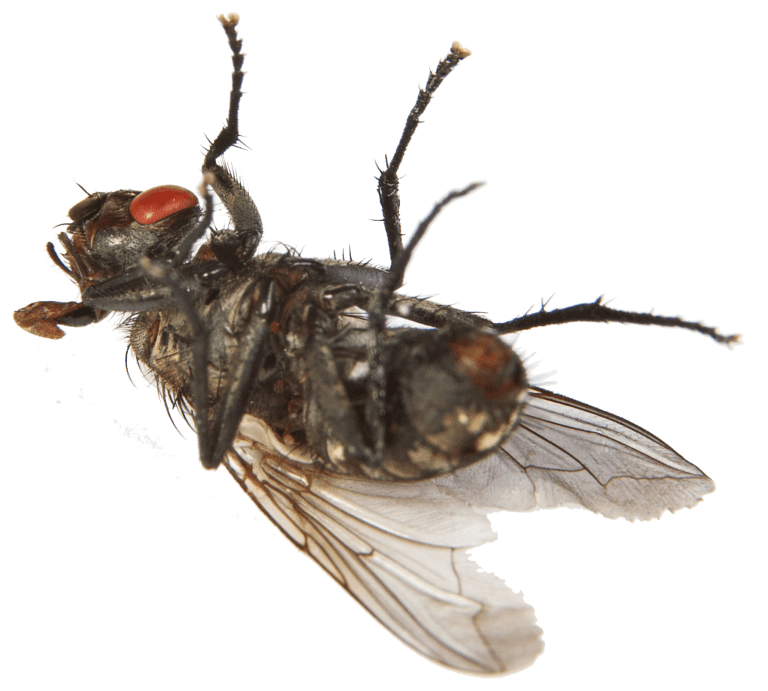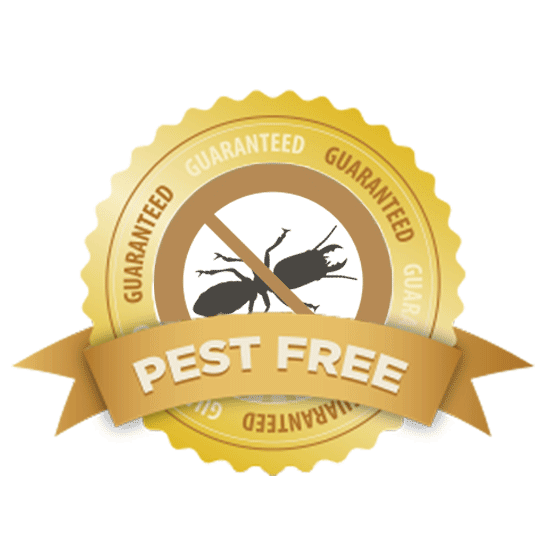Did you know that the pest control sector in the United States is a $14-billion industry? What’s more, industry experts forecast it to grow even more in the next five years!
As incredible as it is though, these numbers tell us how big of a pest problem homeowners, businesses, and industries have. One termite species alone cost the country $2 billion in damages every year!
These facts should also be enough for you to address those wood eating bugs in your home ASAP. Because the longer you delay getting rid of them, the more they’ll eat you out of a home.
But the thing is, termites aren’t the only wood eating insects out there you should know of.
Don’t worry though. We’ll make your research easier.
Check out this list of the top eight wood-destroying bugs you should be on the watch out for (and say goodbye to).
1. Formosan Subterranean Termite
There are 28 invasive termite species found all over the world. One of these is the Formosan Subterranean Termite, which has found a home in Florida homes.
In fact, it’s one species behind South Florida having some of the highest termite infestations in 2016!
These insects that eat wood build massive nests containing millions of their own. They go on to sniff out structural timbers, which they then devour and cause major damage to in just a few months.
But the effects of their fearsome power don’t end there. They can also cause power failures since they chew through electrical cabling as well.
This said, it’s best you contact a termite control specialist as soon as you notice these pale yellowish/brownish winged-insects. Especially if you see their swarms during late spring or summer.
2. Asian Subterranean Termite
Another common pest in South Florida, this termite species has characteristics similar to the Formosan Subterranean Termite. It has recently made the news headlines too after researchers found they caused the death of 12% of residential trees.
Like the Formosan kind, the Asian Subterranean Termite also likes to swarm around lights. They also have the same color and body structure. They deal as great a damage to wood structure too.
You don’t want to find yourself with no power – or worse, no home, don’t you? So, it’s best you consult a pest control company right away as soon as you notice their presence.
3. West Indian Drywood Termite
Like all termites, the drywood kind like to socialize too. These winged-insects are larger than their subterranean cousins though.
One thing that makes the West Indian Drywood Termite as scary as other termites is that it lives only within wood structures.
This means they don’t go out to swarm around lights, so it’s harder for you to discover them in your home. However, if you see pellets that shape a cone pattern in your home’s wooden components, then that indicates a possible infestation.
These termites bring $300 million in damage costs to the country every year. Florida, alongside California and Hawaii, have it the worst.
4. Carpenter Ants
They may not be as popular and talked-about, but these wood destroyers are as fearsome as termites. They’re so common in the Sunshine State that one species boasts the name “Florida Carpenter Ant”.
In general, carpenter ants, like termites, also bore through and make nests in wood structures. The Florida Carpenter Ant, on the other hand, prefer feeding on rotting or softer wood. You may even find them making a meal out of Styrofoam!
Carpenter ants are serious house infesters, and you’ll often find them under insulation. They don’t sting, but they do bite. After biting, they can release formic acid, which can cause skin irritation and pain.
5. Carpenter Bees
Carpenter bees come in a wide array of colors, ranging from black to metallic blue to greenish black. To an insect enthusiast, they’re creatures of wonder. But to a homeowner, they often equate to serious property damage.
These winged insects bore into wood surfaces. They also weaken structural timbers, leave disgusting streaks of feces on surfaces, and excavate water tanks.
If you see holes on timber components or fence posts, take them as a sign you may be sharing your home with Carpenter Bees. Another symptom of their presence in your property is sawdust on the ground right below timber or other wooden structures.
6. Bark Beetles
Although Bark Beetles rarely infest homes, they kill pines in many Florida properties. In fact, they’re the primary reason behind the death of many pine trees in the state.
Noticeable injuries on your pine tree trunks and oozing resin often indicate the presence of these wood bugs.
7. Powderpost Beetles
As their name suggests, Powderpost Beetles render solid wood into powder. Like termites, they live and thrive off wood, although they’re more difficult to identify.
They love making their homes inside wooden walls, floors, furniture, attics – pretty much anything or any place with wood in it. Because they bore through wooden structures, a surefire sign they’ve invaded your home is when you see tiny pinholes on any wooden surface.
8. Old House Borers
Make no mistake – although they’re called such, they love relatively new constructions as much as the older ones. They bore through and feed on wood, causing serious weakening of structural timbers.
You’ll often find them in walls, crawlspaces, attics, and basements. Keep in mind though that adults’ emergence can take anywhere from two to 15 years. This makes it difficult to determine their presence until they’ve caused extensive damage.
However, once you see exit holes in any wooden structure in your home, make sure you act quickly. This can prevent not only further damage but reinfestation too.
Prompt Elimination of Wood Eating Bugs Can Save Your Home – And Your Wallet
These are only eight of the many other insects that eat wood. But they’re the most common wood eating bugs that you may find invading your home.
What’s important is that you act right away if you notice any of their swarms or symptoms of infestation.
Schedule an appointment with us as soon as you suspect any of these insects share your prized home with you. This way, we can determine which of them are really causing you headaches and apply the proper treatment to get rid of them.






